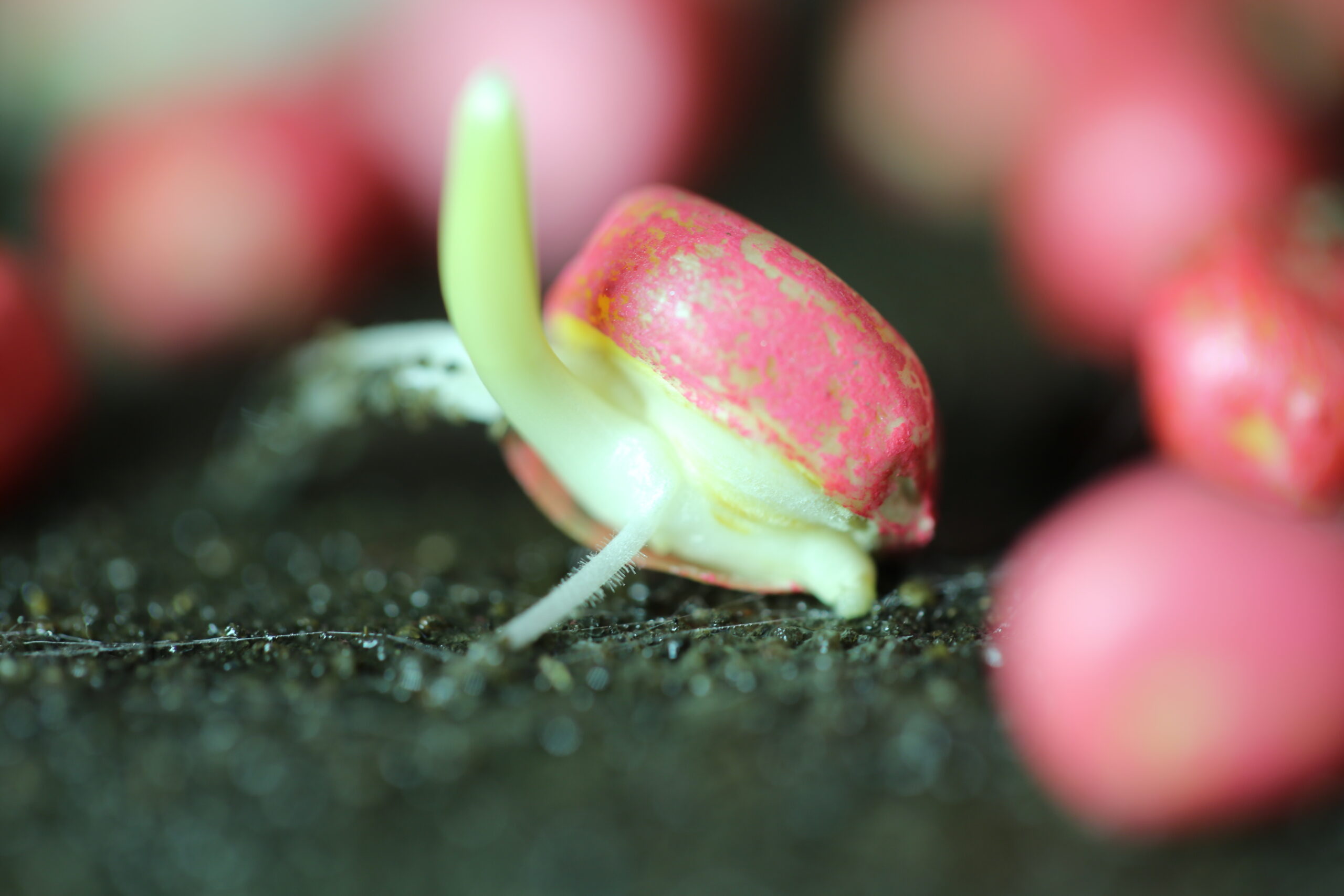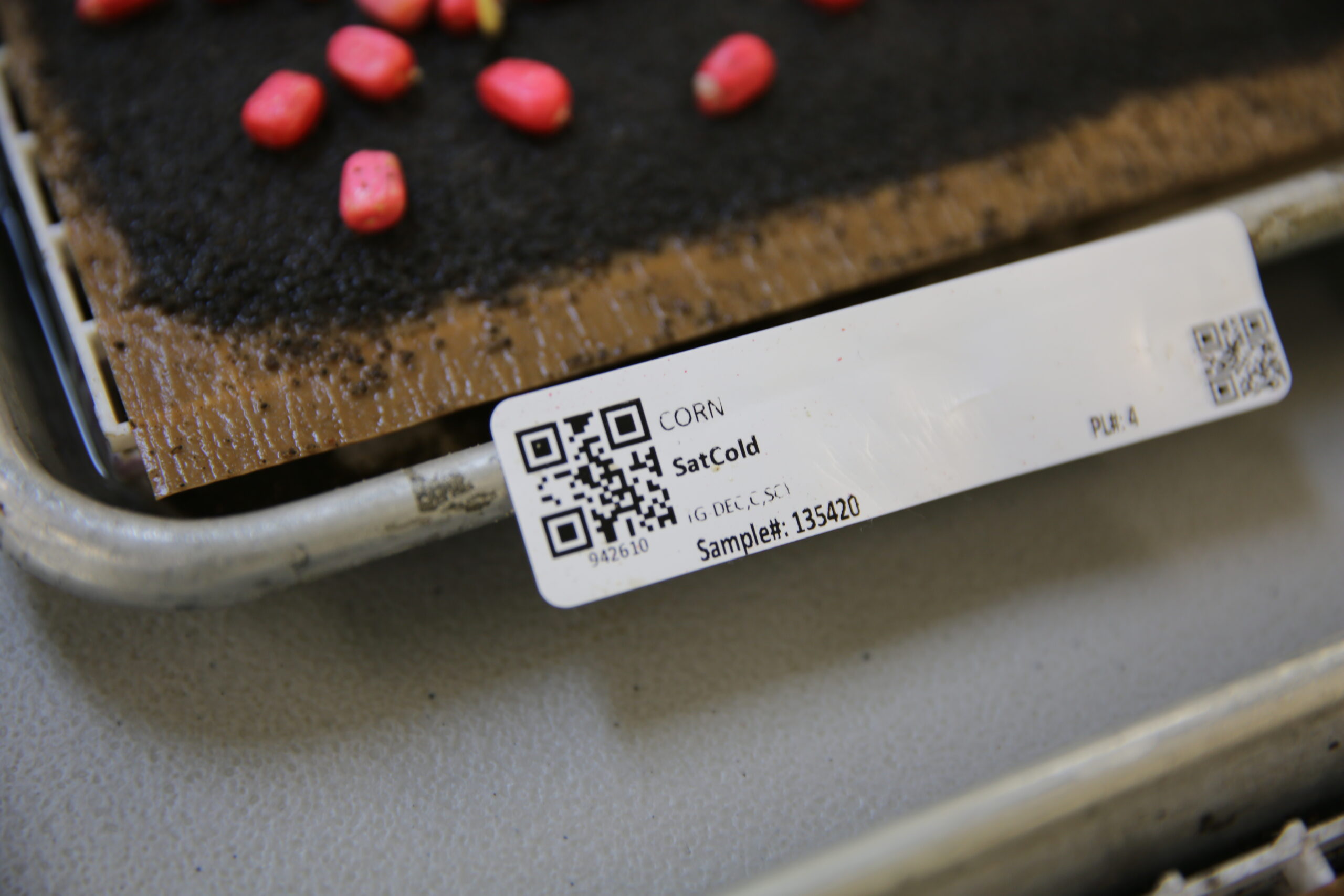
When you purchase seed, there will be a germination score on the tag. That tells you what percentage of those seeds should grow normally when the temperature is warm. In the lab, these tests are usually conducted at 77 degrees.
Here’s the problem.
You probably don’t plant when your soil is 77 degrees, and probably not even 57 degrees. How does your seed germinate when the soil temp is 45 or 50 degrees? Hopefully, that’s what a cold germination score can tell you. Also, when seed is scored for either a warm germ or cold germ at a lab, germination alone isn’t enough to pass. If a seed germinates, yet the initial root or shoot is abnormal, that seed is considered a failure. A seed must germinate and grow well initially in order to pass the test.
Unfortunately, no seed company we know of puts a cold germination score on the tag. Also, some of the cold tests are not super accurate. For example, seed labs have told us the saturated cold germ test is not easily repeatable, meaning you could run the exact same sample 5 times and get different results all 5 times.
Here at Hefty’s, we’ve had our own seed lab for years. Moving forward, we’re adding more equipment and people, and we’ll be working on a couple of the newer cold germination tests that are hopefully repeatable and reliable. Until then, we’ll continue to run a standard cold germination test at other labs on all our seed. As a general rule, all our regular corn seed must have a 95% warm germination score and a 90% cold germination score, but most of our seed does hit 95% or better even on the cold germ. With soybeans, the standard has always been 90% warm and 80% cold.



Evaluating seed with a cold germination test can help you determine how tolerant your seed will be to cool soil conditions common at planting.
You may believe that a cold germination test is not super important, but even if you plant when the soil is warm, if cold, wet, cloudy weather shows up within a few days after planting, you can really see the difference in the field. Seed with a poor cold germination score won’t be able to handle that tough weather, leading to a poor stand.
When the weather is cold, in addition to having a good seed treatment, we often talk about the use of in-furrow fungicide, insecticide, and fertilizer in corn, but be careful. Too much salt in-furrow will absolutely hurt seed germination, especially when the weather is cold and/or dry. We suggest using a low-salt fertilizer at a low rate blended with water to safen the product even more. On top of that, if you can use a little bit of fungicide and insecticide, that will help protect the seed and give you a better, more consistent stand.
If you plan to plant your seed early this coming spring, our suggestion for you is to get the seed on your farm at least two or three weeks in advance. Take samples and send them to a lab for analysis. You may be surprised at the seed quality some companies are trying to sell you. We’ve had many farmers test their seed and then return it to the seed company once they realized how low the cold germination score was. Since corn acres have been down the last two years, it would not surprise me if a company tries to sell you some three- and four-year-old seed with a questionable cold germ score right now. Seed tests are cheap, but it may take two weeks to get your results, so be sure to test your seed in time to find out whether the seed you bought is good or if it should be returned or at least planted last, when the soil is warm.
